One thing which has always been of interest to me during my time working on MAME is how games often ended up being unofficially hacked apart and re-released as brand new games from completely different manufacturers. I’ve done articles on this before, showing how a large portion of Korean (and a fair number of European) titles aren’t using original code at all so to anybody who has been paying attention for the last couple of years this statement won’t be seen as any kind of revelation.
One game which falls into this category is ‘Poke Champ’ which is actually a hack of Data East’s Pocket Gal (a pool game, not a poker game as you might have guessed)
The nature of the game already fits well to the type of material the Korean arcade industry liked to produce, it was already a strip-pool game of sorts, and a popular one at that, so it’s hardly surprising it fell victim to a bit of hacking.
Poke Champ has been in MAME for a while, but not really worked properly, there were numerous issues with the graphics and sound due to the significant level of hardware changes made from the original game. Poke Champ has more background tiles, more sprites tiles, more colours (it uses palette ram instead of a PROM and the background tiles can use 256 colours, sprites 16) and like most Korean games utilizes looped samples instead of properly sequenced music.
The game code has changed quite a lot too to accommodate this, with extra (larger) graphics inserted when taking shots etc. Still, none of this makes it a better game, it plays just the same, and looks very rough around the edges.
One of the most annoying problems in the driver was the correct plane order for the 8bpp backgrounds. Usually graphics are easy to decode because they’re in logical orders and don’t take much effort, however when that isn’t the case you’re left with 40320 possible permutations of the 8 values, and need a more sensible way of figuring things out than just trying to brute force your way through all of them and this can take more time.
I’ve had fixing this on my ToDo list for years now, but never really got around to it until now, with previous attempts frustrating me. In the end I managed to pick some good reference points with which to study the data (the Korean flag, which required very obvious palette entries) and worked from there.
After fixing that I noticed there were also some issues with the sprites (unsurprising, the code hadn’t been adapted to handle the greater number of tiles) and of course the sound banking, both of which were fixed relatively quickly.
So, for the curious, here are some side-by-side shots of the Poke Champ hack, and the original Pocket Gal (which has been working in MAME for a long time) I’ve left the adult cutscenes out for obvious reasons ;-)



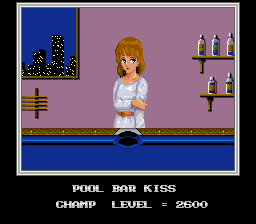
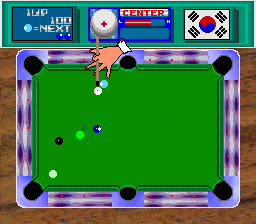
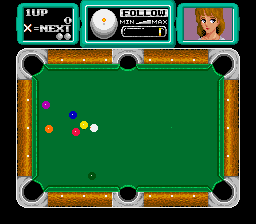


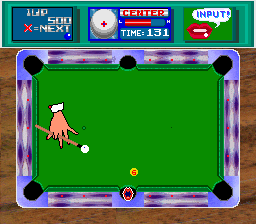
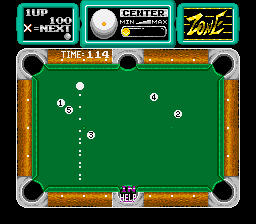

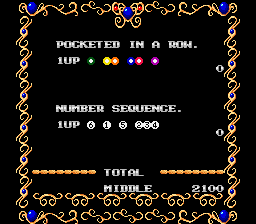
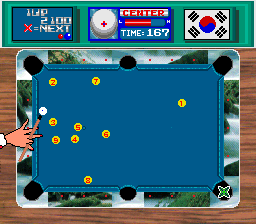
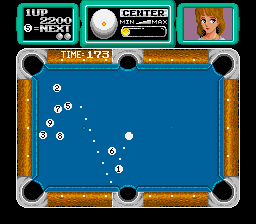


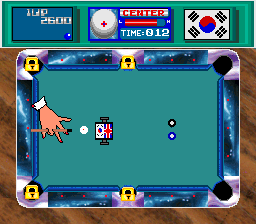

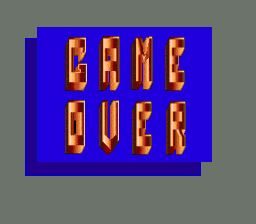
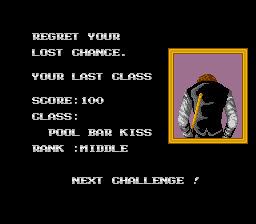
I know this isn’t going to be thrilling for everybody (nor is anything else I’ve been working on lately) but if you ask me, sometimes the most interesting thing about MAME is discovering how everything links together in terms of both history and code even if the games involved are unremarkable.
Reminds of those strange non Neo Geo bootlegs of Art of Fighting (renamed Fit of Fighting) and one for Fighter’s History that you added to MAME about 10 years ago. Maybe they werent so hacked and changed, but they are interesting to me as neo geo games pirated as non neo geo.
They havent really been messed with since you added them, I dont think.
Fit of Fighting (and History of Martial Arts) were kinda the opposite really.
They ripped the original graphics, but had completely reprogrammed game code behind it from scratch.
These replace most of the graphics with higher colour versions, but are still using the original game code, albeit with various hacks applied.
For more examples of the former, see things like Kong (Brazil), Zig Zag (Galaxian hardware), and of course ‘Fantastic’ which was recently featured here. In all cases where the games have been reprogrammed they feel very different to play.
The latter is much more common tho.
The most curious thing about that Fit of Fighting board is that we found one which had been converted to Playmarks gambler ‘Hot Mind’ which makes me think the board was probably originally designed for something else we haven’t found yet.
Thank you Haze.
nice work always liked the pool games